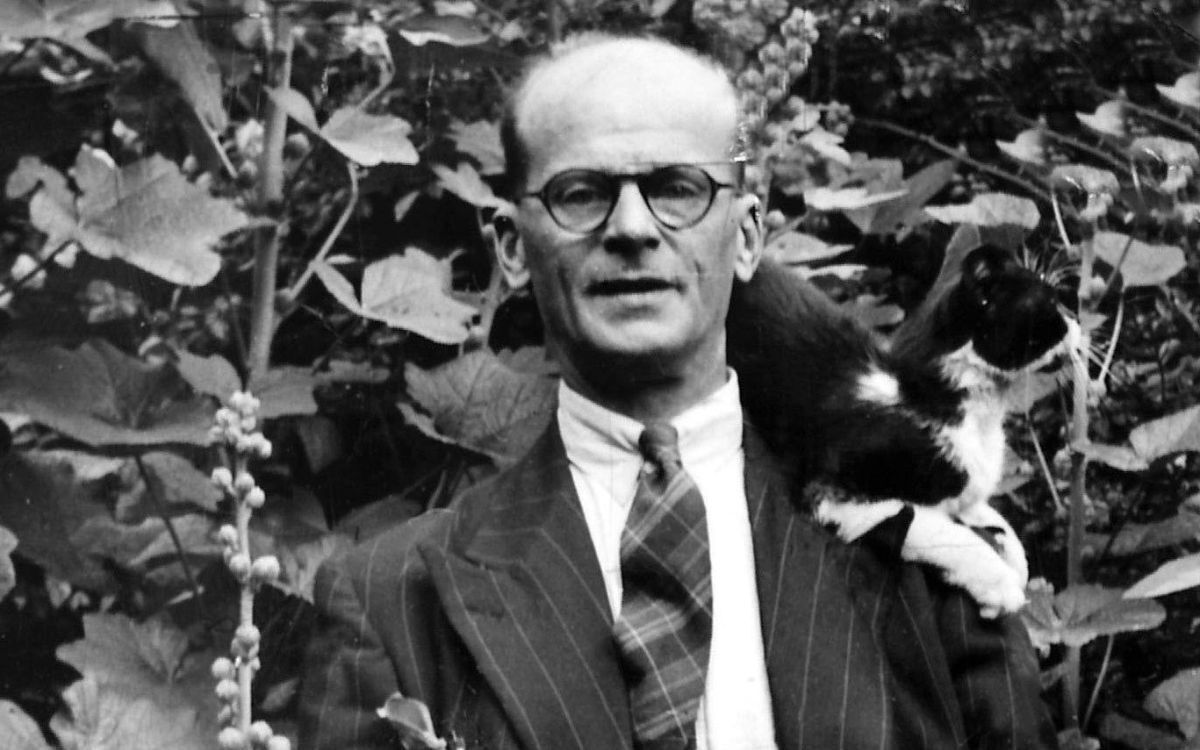
Who was John Christie? Known as one of Britain's most infamous serial killers, John Christie terrorized London in the 1940s and 1950s. His crimes, committed at his home at 10 Rillington Place, shocked the nation and led to significant changes in the British legal system. Christie, a seemingly ordinary man, hid a dark secret behind his mild-mannered exterior. He lured victims to his home, where he committed heinous acts that went undetected for years. His story is a chilling reminder of how appearances can be deceiving. Dive into these 37 facts about John Christie to uncover the twisted details of his life and crimes.
Key Takeaways:
- John Christie, a troubled loner with a fascination for death, committed heinous murders at 10 Rillington Place. His capture and trial led to the abolition of the death penalty in the UK.
- Christie's crimes, including the wrongful execution of Timothy Evans, sparked reforms in the UK's justice system and contributed to the abolition of the death penalty. His story continues to captivate audiences through books and films.
Early Life and Background
John Christie, a notorious figure in British criminal history, led a life filled with dark secrets and heinous acts. Let's delve into some intriguing facts about his early years and background.
- Born on April 8, 1899, in Halifax, West Yorkshire, John Reginald Halliday Christie was the sixth of seven children.
- His father, Ernest John Christie, worked as a carpet designer, while his mother, Mary Hannah Halliday, was a homemaker.
- Christie had a troubled childhood, marked by a strict and abusive father.
- He excelled academically, particularly in mathematics and chemistry, despite his tumultuous home life.
- At age 11, he won a scholarship to Halifax Secondary School, where he continued to perform well academically.
- Christie was known to be a loner, often avoiding social interactions with peers.
- He developed a fascination with death and morbid subjects at a young age.
Military Service
Christie's life took a significant turn when he joined the military. His experiences during this period shaped his future actions.
- In 1916, Christie enlisted in the British Army during World War I.
- He served as a signalman in the Royal Corps of Signals.
- Christie was injured in a mustard gas attack, which left him temporarily blinded and mute.
- He claimed that the gas attack caused long-term health issues, including impotence.
- After the war, he was demobilized and returned to civilian life, struggling to find stable employment.
Criminal Activities
Christie's criminal activities began long before his infamous murders. His early offenses hinted at the darkness within.
- In 1921, Christie was convicted of stealing postal orders and sentenced to three months in prison.
- He married Ethel Simpson in 1920, but their relationship was strained due to his criminal behavior.
- Christie was convicted of several petty crimes, including theft and assault, throughout the 1920s and 1930s.
- He served multiple prison sentences, which only seemed to fuel his criminal tendencies.
- Despite his criminal record, Christie managed to secure employment as a clerk and warehouseman.
The Murders
Christie's most notorious acts were the murders he committed while living at 10 Rillington Place in London. These heinous crimes shocked the nation.
- Christie moved to 10 Rillington Place with his wife Ethel in 1938.
- His first known victim was Ruth Fuerst, whom he strangled in 1943.
- He buried Fuerst's body in the garden of his home.
- Christie murdered Muriel Eady in 1944, using domestic gas to render her unconscious before strangling her.
- He hid Eady's body in the same garden.
- In 1949, Christie falsely testified against his neighbor, Timothy Evans, leading to Evans' wrongful execution for the murder of his own wife and child.
- Christie continued his killing spree, murdering Beryl Evans and her infant daughter Geraldine in 1949.
- He killed his wife Ethel in 1952, strangling her in their bed.
- Christie murdered at least four more women between 1952 and 1953, luring them to his home with promises of medical help.
- He hid the bodies of his victims in various locations within his home, including under floorboards and in a kitchen alcove.
Capture and Trial
Christie's reign of terror came to an end in 1953 when his crimes were finally uncovered.
- In March 1953, Christie moved out of 10 Rillington Place, leaving behind the bodies of his victims.
- The new tenant discovered the remains, prompting a police investigation.
- Christie was arrested on March 31, 1953, while wandering the streets of London.
- During his trial, Christie confessed to the murders, providing detailed accounts of his crimes.
- He was found guilty of murdering his wife Ethel and sentenced to death.
- Christie was hanged at Pentonville Prison on July 15, 1953.
Legacy and Impact
Christie's crimes had a lasting impact on British society and the criminal justice system.
- The wrongful execution of Timothy Evans led to increased scrutiny of capital punishment in the UK.
- In 1966, Evans was posthumously pardoned, highlighting the flaws in the justice system.
- Christie's case contributed to the abolition of the death penalty in the UK in 1965.
- His story has been the subject of numerous books, films, and documentaries, cementing his place in criminal history.
Final Thoughts on John Christie
John Christie’s life and crimes paint a chilling picture of a man who led a double life. His facade of normalcy hid dark secrets that shocked the world. From his early years to his eventual capture, every detail adds to the complexity of his character. Christie’s actions not only affected his victims but also had a lasting impact on the justice system, leading to significant changes in how cases are handled.
Understanding Christie’s story reminds us of the importance of vigilance and the need for justice. His tale serves as a grim reminder of the potential for evil lurking behind seemingly ordinary facades. As we reflect on these facts, it’s crucial to remember the victims and the lessons learned from this dark chapter in history. Christie’s legacy is a stark warning of the depths of human depravity and the importance of safeguarding society against such horrors.
Frequently Asked Questions
Was this page helpful?
Our commitment to delivering trustworthy and engaging content is at the heart of what we do. Each fact on our site is contributed by real users like you, bringing a wealth of diverse insights and information. To ensure the highest standards of accuracy and reliability, our dedicated editors meticulously review each submission. This process guarantees that the facts we share are not only fascinating but also credible. Trust in our commitment to quality and authenticity as you explore and learn with us.


